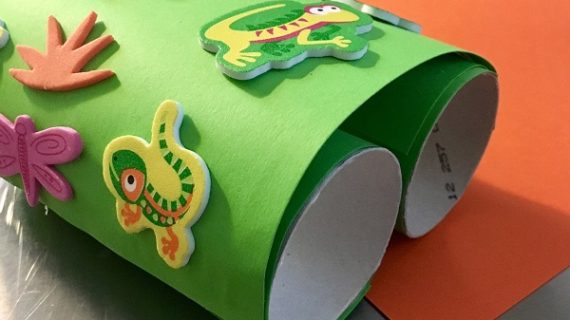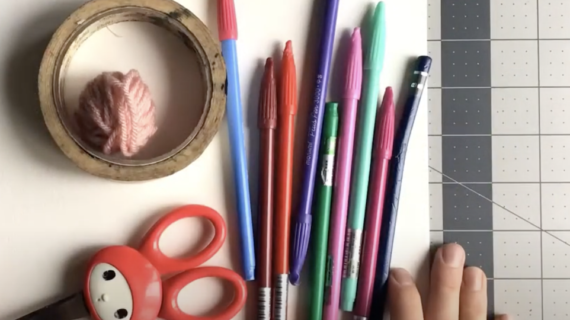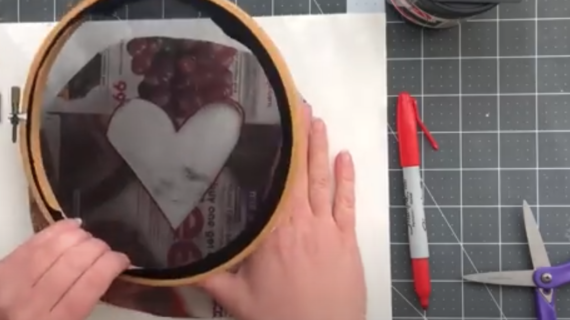
Lunchbox lifesavers: 10 strategies to simplify school meals
Back-to-school season is here. For many families, so is the daily grind of packing lunches. Forget the Pinterest-perfect ideals and the stress of trying to create lunchbox masterpieces. It’s time to get real about school meals: less fuss, more fun.
“I truly believe we can let go of so much of the pressure to make kids’ lunches perfect and embrace the idea that we can make this easier and still provide nutritious, delicious lunches that kids will enjoy eating. There is no such thing as a perfect lunch—or a perfect eater. So letting go of that idea is step one in making this feel a whole lot easier,” says Amy Palanjian, creator of Yummy Toddler Food.
So let’s ditch the lunchbox anxiety and get down to the basics of packing lunches that are easy, nutritious… and, dare we say, even a little bit exciting.
Embrace the Power of Routine
Who says lunches have to be different every day? Kids thrive on routine. Stick to a core set of lunch options that you know your child likes and repeat them throughout the week. Rotate a few healthy staples like turkey wraps, PB&J, hummus, and veggie dippers.
“Go with foods you know your child likes, and remember, you do not need to reinvent the wheel here. The most important thing is that they have enough food to eat—which they can eat in what might be a limited amount of time. So, repeat favorite lunches without guilt,” says Palanjian. “This is only one meal during one phase of a child’s life.”
Don’t worry about limiting their future appetite. She points out that she ate the same lunch every single day as a high school student. As an adult, she eats a very varied diet!
Snack-Boxes or DIY Lunch Kits (Without the Price Tag)
Why limit lunch to a sandwich and sides?
Forget the pricey pre-made lunch kits. Use small, reusable containers to create your own DIY kits or mini charcuterie boxes with deli meats, cheeses, crackers and a side of fruit or veggies. Kids love the freedom of assembling their own meals, and it saves you time prepping in the mornings.
“Getting kids involved can make lunch a big success,” says Emily Hicks, MS, RDN, CLS, LD, Senior Nutrition Program Coordinator at Kindercare.
“They can choose from the options on hand from each of the meal component categories, help wash fruits and vegetables, put foods into containers, and more, depending on their age and capabilities.”
Prep in Advance
No one wants to scramble at 7 a.m. to wash strawberries or cut up veggies. Spend a few minutes over the weekend or the night before prepping the trickier stuff like washing and drying berries or cutting up veggies. Store them in containers, and they’ll be ready to pop into lunchboxes all week long.

Get Creative with Leftovers
Leftovers are your best friend. When making dinner, double up on things like pasta, roasted veggies, or grilled chicken. Throw them into a lunchbox the next day with some hummus or whole grain crackers, and you’re done.
“While parents work to pack a variety of foods throughout the week, it is important to keep in mind what the components of a balanced meal include,” Hicks says. “MyPlate.gov recommends balancing meals by making half of the meal (or plate) fruits and/or vegetables, and the other half should be split between a whole grain and a source of protein.”

Involve Your Kids
The best way to make sure your child eats their lunch? Let them have a say in packing it! Set up a “lunch station” in the kitchen where kids can pick and choose from healthy options like fruits, veggies, whole grains, and proteins. This not only gives them a sense of ownership but also makes mornings go more smoothly.
“Work with your child to make a list of foods they like for lunch so you always have a place to reference. That way, you’re never starting from scratch each day,” says Palanjian.
Mix and Match for Balance
“Having a couple of different options at each meal can make eating fruits and veggies more appealing; so can cutting them into fun shapes or serving them in a fun container. The other half of the meal should be split between a whole grain and a source of protein,” says Hicks.
Balancing nutrition with what kids actually want to eat doesn’t have to be complicated. Aim to include a fruit, a veggie, a whole grain, and a protein in each lunch. A sandwich with carrot sticks and apple slices? Check. Hummus with pita and grapes? Done.
“My easiest method is to include a few different food groups in the lunch—including a fruit and a veggie most days—which naturally varies the nutrition. And always aim for at least one food that has some protein in it to keep them fueled,” says Palanjian.
Freeze Sandwiches Ahead of Time
Believe it or not, you can make a batch of sandwiches in advance and freeze them. Wrap sandwiches like turkey and cheese or sunbutter and jelly, freeze them, and pop one in your child’s lunchbox each morning. By lunchtime, it will be thawed and ready to eat.
Bento-Style Fun
Bento boxes aren’t just trendy; they’re practical. Use small compartments to pack a variety of finger foods, such as cubes of cheese, pretzels, sliced veggies, and fruit. The compartments make it easy for kids to see their options, and the variety keeps it exciting.
Breakfast for Lunch
Who says pancakes are just for breakfast? Make extra pancakes, waffles, or scrambled eggs during weekend brunch, and pack them for lunch on Monday morning. Add a side of fruit and yogurt, and you’ve got an exciting and nutritious twist on the usual midday meal.
Create a “Lunchbox Essentials” Checklist
Keep a running list of lunchbox essentials to streamline shopping and packing. Include items like whole grain breads, fresh fruits, veggies, proteins and dairy or dairy alternatives. Having a checklist helps ensure you have all the necessary components for balanced and appealing lunches.















